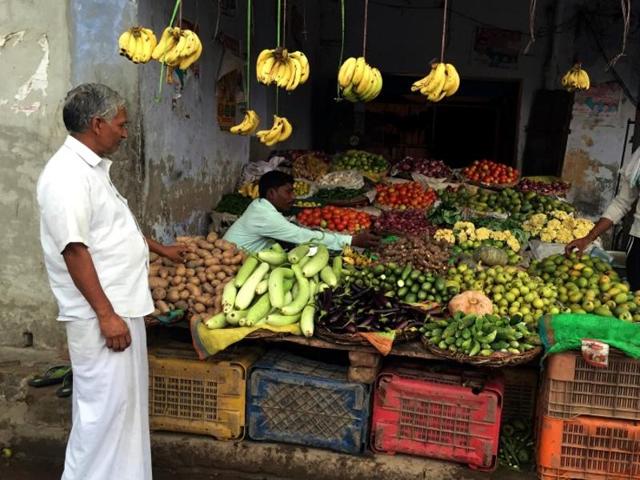Vegetables prices may soar further as peak production season ends: Report
Vegetable prices rose up to 100% in the April-July period due to low arrivals of the harvest in mandis
In a worrying sign for consumers, the retail price of vegetables is likely to shoot up further in the coming months as the ‘peak production season’ came to an end, said a report by industry body Assocham.

In the shorter horizon, there will be “more pressure on the market arrivals of vegetables as production season eases”, the report said.
Vegetable prices rose up to 100% in the April-July period due to low arrivals of the harvest in mandis, Assocham said. It termed the trend as “most worrying” because it was visible during the peak season of production.
“There is a huge gap between retail and wholesale price of vegetables. On an all–India average basis, retailers are selling at more than 52.7% of wholesale prices,” Assocham secretary general DS Rawat said.
Read | Vegetable prices may shoot up this week
At the retail level, potato prices went up by about 100% in April-July this year compared to the same period in 2015. Other vegetables that got costlier include cabbage (49.3%), cauliflower (33.9%), tomato (26%), tomato hybrid (25.6%), garlic (37%), okra (22.3%) and brinjal (20.8%).
“It indicates a worrying situation where market arrivals of vegetables have recorded contraction despite being a peak season for production,” the report further said.
As for the gap between the wholesale and retail prices, it is as much as over 75% in some cases like brinjal (round) and over 62% for non-hybrid tomato.
Lack of basic infrastructure puts further strain on the arrival of vegetables, resulting in more wastage during peak time of production and because of their perishable nature producers have to sell immediately.
In general, producers do not gain when prices increase, the report pointed out. It outlined the need for building cold storage facilities in production centres, suggesting the government should improve infrastructure facilities by encouraging public-private partnership initiatives.





